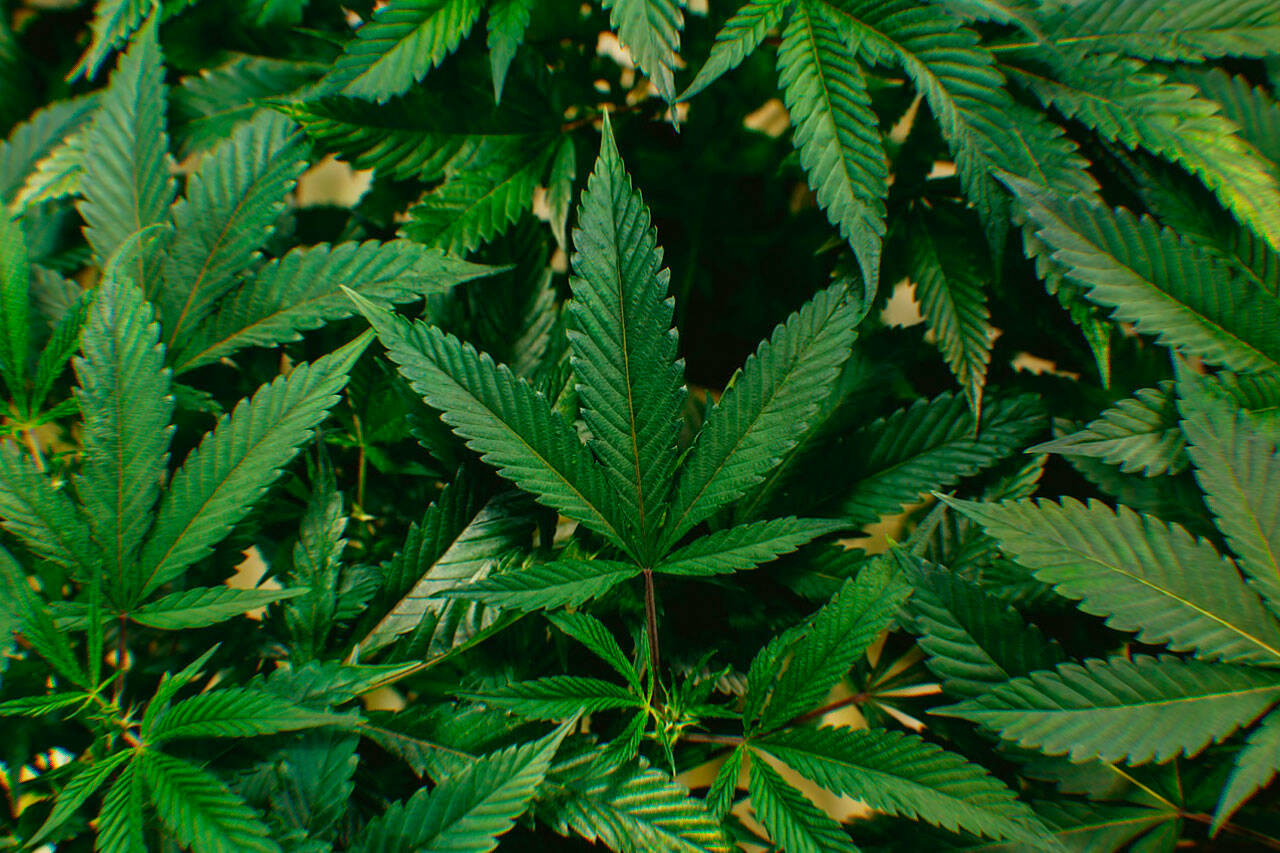"It didn't treat me, however it provided me the opportunity to get the rest I required to heal, and I was able to operate at a much higher level than with the pain relievers, that made me wake up foggy every day," he stated. "With marijuana, I can consume it in the evening and awaken with a clear head."Cannabis is a particularly efficient treatment for individuals who need aid with pain management, along with those with sleep conditions or anxiety; however, "there are numerous conditions that it treats," Rinella stated.
Medical choices ought to not be made based upon advertising. Speak with a doctor on the benefits and risks of particular medical marijuana products.

The results of an online a green alternative recreational marijuana dispensary survey, comprising 95 participants, included in the Journal of Alternative and Complementary Medication in 2014. The scientists discovered that participants chosen indica strains for pain management, sedation, and sleep while they would go with sativa stress to improve energy and state of mind. Relating to pain management, individuals reported a statistically substantial result when utilizing indica for: It is, nevertheless, crucial to note that this study had several constraints.
Respondents did not use the cannabis in a controlled setting, potentially leading to distinctions in drug composition, dosage, and potency. Another research study examined using naturally grown sativa and indica strains in the treatment of a number of medical conditions. Simply over half of the individuals were using marijuana to treat HIV.
The results indicated that indica strains are more likely to improve energy and hunger, while both sativa and indica stress can alleviate nausea to a comparable degree. Marijuana contains substances that might relieve discomfort, queasiness, and other signs. The components of cannabis that the majority of research studies concentrate on for pain relief are cannabidiol (CBD) and tetrahydrocannabinol (THC).
CBDTHC resembles the cannabinoid chemicals that take place naturally in the body. When people ingest or breathe in THC, it the brain's cannabinoid receptors. This triggers the brain's reward system and lowers discomfort levels. THC is a psychoactive compound as it binds to cannabinoid receptors and produces a raised state of mind, referred to as a high.